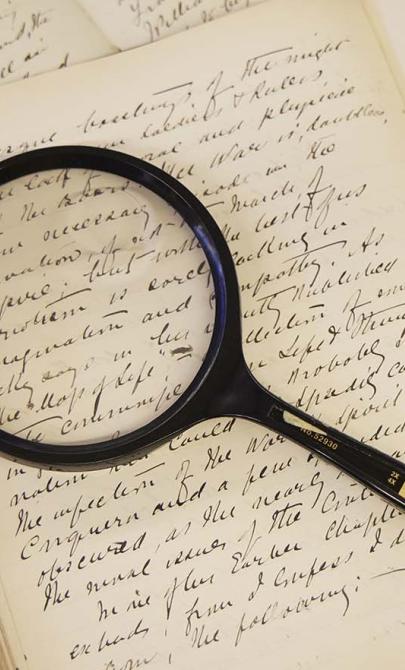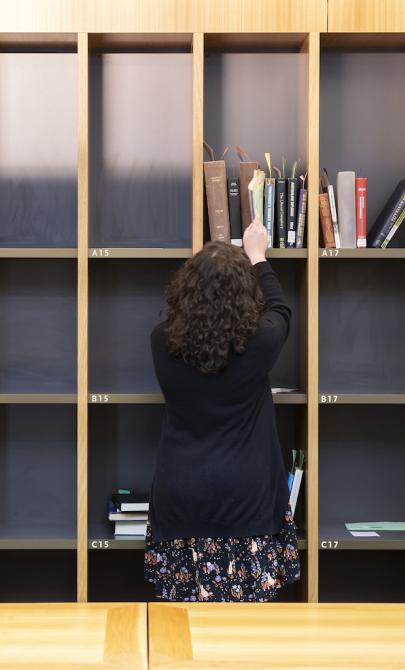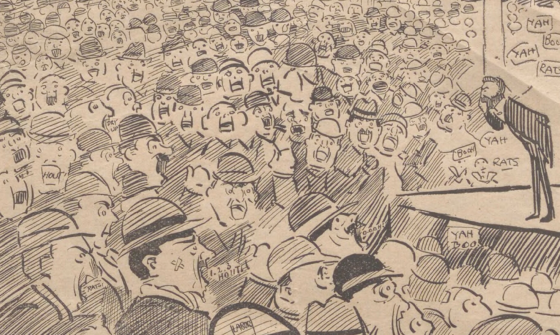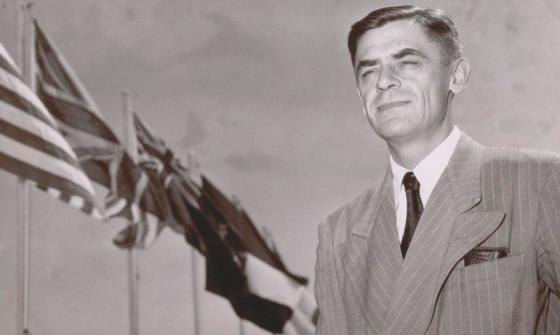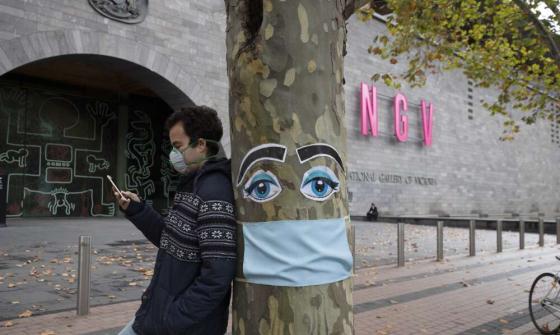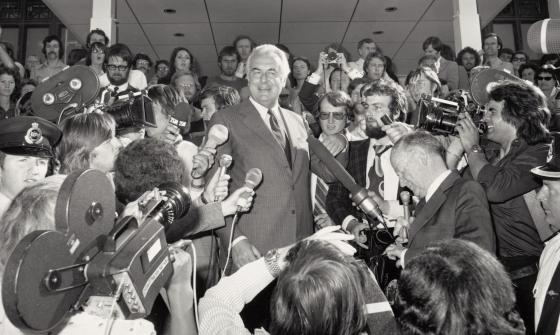Groom Collection
Key items in the collection
Highlights from this collection demonstrate its historical significance and variety.
The Littleton Groom Collection includes around 200 books and 260 pamphlets. Many of the books are inscribed and cover topics such as Australian history, law, literature and religion. Examples include:
- JA Cockburn, Australian Federation (1901)
- Andrew Crombie, After Sixty Years or Recollections of an Australian Bushman (1927)
- George Essex Evans, Collected Verse (1928)
- George Essex Evans, The Secret Key and Other Verses (1906)
- Thomas Hall, The Early History of Warwick District and Pioneers of the Darling Downs (n.d.)
- John Bernard O’Hara, A Book of Sonnets (1902)
- John Bernard O’Hara, Calypso and Other Poems (1912)
- John Bernard O’Hara, Odes and Lyrics (1906)
- Henry Stuart Russell, The Genesis of Queensland (1888)
- J Brunton Stephens, Convict Once and Other Poems (1885).
The pamphlets, published mostly between 1900 and 1930, include speeches and newspaper cuttings. They cover topics such as:
- federal politics
- the Constitution
- elections
- referenda
- federalism
- socialism
- imperial relations
- the federal capital
- World War I
- the League of Nations
- the Nationalist Party
- the River Murray Waters question
- irrigation
- the Anglican Church
- the Empire Parliamentary Association.
The papers cover Groom’s adult life and include:
- family and political correspondence
- subject files
- reports
- legal opinions
- notes
- manuscripts
- speeches
- newspaper cuttings
- printed items.
They touch on most matters of importance that came before the Federal Government and Parliament including:
- the High Court
- the Commonwealth Arbitration Court
- federal and state finance
- Papua and the Pacific Islands
- imperial conferences
- sugar
- the River Murray Commission
- the transcontinental railway
- World War I
- recruiting
- the establishment of Canberra
- and referenda and elections.
There are also extensive papers on the League of Nations and the Anglican Church.
The Groom Collection includes:
- Several portraits of Littleton Groom
- Six albums of photographs, including:
- Four presentation albums showing:
- Mount Morgan mines
- The British Parliamentary Association’s visit to Australia (1911)
- The Australian exhibition at Wembley, London (1924)
- An album from the Toowoomba branch of the Church of England Men’s Society (1929)
- Two general and personal albums (circa 1905–1920) featuring:
- Family groups and politicians
- Houses, ships, and planes
- Burrunjuck Dam, Werribee Gorge, and Sherbrooke Forest
- The search for the federal capital site
- The River Murray Commission
- Visits by Lord Kitchener and the Prince of Wales
- Army camps and troop ships
- Four presentation albums showing:
- Many annotations are in Groom’s handwriting
Additionally, the Library holds the silver and wood spade used by Groom to start construction of the first weir and lock on the River Murray at Torrumbarry on 14 June 1919.
About Littleton Groom
Early life and education
Sir Littleton Ernest Groom (1867–1936), the son of a convict and politician, was born in Toowoomba, Queensland. He was educated at Toowoomba Grammar School and the University of Melbourne. Groom practised as a barrister and took part in a range of journalistic, cultural and church activities.
Parliamentary career
In September 1901, following a by-election, Groom succeeded his father as the Member for Darling Downs in the House of Representatives. Apart from a break from 1929 to 1931, he held the seat until his death in 1936.
In his early political career, Groom was a radical Protectionist. He supported the Labor Government in 1904 and was appointed Minister for Home Affairs by Alfred Deakin in 1905. He later served under Joseph Cook, W.M. Hughes and S.M. Bruce, holding several ministerial portfolios including:
- Attorney-General (1906–08 and 1921–25)
- External Affairs (1909–10)
- Trade and Customs (1913–14)
- Works and Railways (1918–21)
Groom led the Australian delegation to the Assembly of the League of Nations in Geneva in 1924. He resigned from the Bruce–Page Government in 1925 and subsequently served as Speaker of the House of Representatives until 1929. Although he did not return to office, he remained active in public life.
Later contributions and legacy
In his later years, Groom was involved with the League of Nations Union and the Synod of the Church of England. He was knighted in 1923.
A strong supporter of Canberra, Groom advocated for the establishment of a national university and other key institutions. As Speaker, he chaired the Library Committee of the Commonwealth Parliamentary Library from 1926 to 1929 and continued to take an interest in the Library after returning to Canberra in 1931. He played a role in acquiring the papers of Sir Edmund Barton and expressed the wish that his own papers and books be preserved in the Library.
Background to the collection
The books, pamphlets, personal papers and photographs of Groom were donated by Lady Groom to the Commonwealth National Library in 1937. They constituted the first large personal archive acquired by the Library.
In 2006, further personal papers of both Groom and Lady Groom were donated under the Cultural Gifts Program by Marie Pearce and other members of Groom’s family.
The books in the Littleton Groom Collection have been catalogued individually and integrated in the Australian Collection, whereas the pamphlets have been retained as a formed collection. The pamphlets were originally in nine volumes; one volume has been retained and the remainder of the pamphlets are filed in eight boxes. The pamphlets have also been catalogued individually and the call numbers have the prefix SR N LEG 080.
The Manuscripts Collection holds:
- original collection of personal papers
- 2006 addition with the papers of Lady Jessie Groom
- newspaper cuttings
The photographs, photograph albums and spade are held in the Pictures Collection. The albums are numbered 258, 279, 360, 360A, 378 and 542. Most of them have been individually catalogued.
This guide was prepared using these references:
- David Carment, Groom, Sir Littleton Ernest (1867–1936), Australian Dictionary of Biography online
- Jessie Groom (ed.), Nation Building in Australia: The Life and Work of Sir Littleton Ernest Groom, Angus and Robertson, Sydney, 1941.
- Stuart Macintyre, The Library and the Political Life of the Nation, in Peter Cochrane (ed.), Remarkable Occurrences: The National Library of Australia’s First Hundred Years 1901–2001, National Library of Australia, Canberra, 2001, pp. 123–43.


